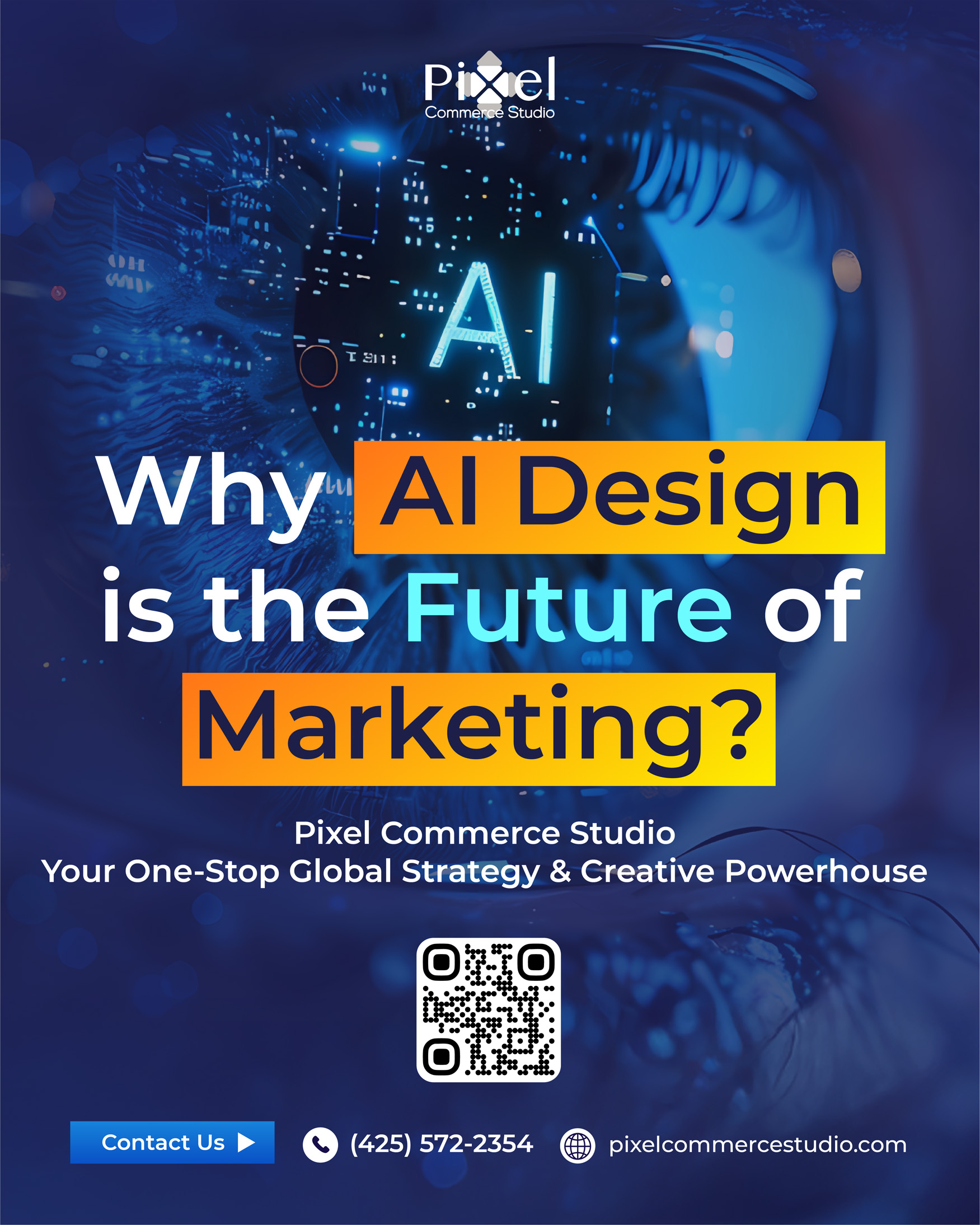AI vs Human Intelligence: What Are the Limits and Possibilities?
By Lucas VuongDigital Marketing & Growth Strategy Lead, Pixel Commerce Studio
October 3, 2025
As AI rapidly advances in 2025, businesses are navigating an evolutionary crossroads: how to effectively blend machine intelligence with human expertise.
As AI rapidly advances in 2025, businesses are navigating an evolutionary crossroads: how to effectively blend machine intelligence with human expertise. At Pixel Commerce Studio, we’ve witnessed firsthand how AI can elevate creativity, automation, and scale—but we also understand the irreplaceable value of human insight.
In this post, we'll explore:
- How AI and human intelligence differ
- The current strengths and limitations of each
- Opportunities for human-AI collaboration
- Ethical considerations and future outlook
 AI
AI1. AI and Human Intelligence: A Comparative Overview
- AI Intelligence: Specialized, systematic, and scalable. Today's AI excels in pattern recognition, data processing, image and text generation, automation, and decision support.
- Human Intelligence: Rooted in generalization, context, creativity, empathy, and ethical judgment. Humans excel at intuitive reasoning, nuanced communication, and moral decision-making.
Why Both Matter
The real value lies in hybrid systems - where AI handles data complexity, freeing humans to guide, interpret, and innovate.
2. Where AI Excels in 2025
- Mass Data Analysis
& Insight Generation
AI can sift through millions of data points, enabling real-time sentiment analysis, customer segmentation, and trend detection.
- Generative Creativity
Thanks to tools like Veo 3 and Imagen 4, businesses now generate photoreal visuals and videos on demand—accelerating content production with flexibility.
- Automation &
Agentic Intelligence
Advanced agents like Gemini 2.5’s Agent Mode are not just reactive - they can perform tasks, route workflows, and engage autonomously.
- Visual Search &
Recognition
Platforms like Project Astra and real-time image recognition transform visual assets into discoverable interfaces.
3. Where Human Intelligence Still Leads
- Contextual
Understanding
Humans process nuanced contexts that AI can’t—especially in creative briefs, cultural sensitivity, or ambiguous scenarios.
- Ethical Judgment
AI can replicate biases (e.g., stereotyping “successful people” as young, white, male). Humans provide moral grounding and fairness.
- Strategic Vision
& Innovation
True innovation often starts with human insight or creative spark - AI enhances it but doesn’t originate it.
- Emotional
Intelligence
Empathy, negotiation, and relationship-building remain fundamentally human domains.
4. Hybrid Intelligence: The Best of Both Worlds
Combining AI’s capabilities with human creativity delivers powerful outcomes. Consider these hybrid scenarios:
- Content Creation & SEO: AI drafts structured, AI-friendly content; humans refine narrative flow, tone, and strategic nuance.
- Design & Imagery: AI generates prototypes; designers guide styling, branding consistency, and emotional resonance.
- Customer Experience: AI agents handle initial queries 24/7; human teams step in for complex or sensitive scenarios.
- Sentiment-Driven Marketing: AI aggregates large-scale opinion data; humans craft campaigns and interpret trends with empathy.
5. Ethical and Operational Considerations
Toxicity, Bias, and Data Ethics
As seen with Pixel Studio's content bias, unchecked AI can perpetuate harmful stereotypes. Organizations must implement:
- Diverse training datasets
- Human review filters
- Transparent AI use policies
Accountability & Human Oversight
Agentic systems must have clear escalation paths. AI should be assistive, not autonomous in high-stakes decisions.
EU-AI Act & Regulatory Frameworks
Emerging regulations in 2025 demand transparency, fairness, and risk assessment. Brands must ensure AI systems are compliant and auditable.
6. Outlook: Co-Evolution of Human-AI Systems
Research indicates a growing feedback loop: humans train AI, which then shapes human behavior, creating a cycle of mutual influence. This coevolution highlights the need for careful design:
- Continuous monitoring
- Ongoing bias audits
- Adaptive systems that learn from ethical user input
![]()
7. Practical Steps for Business Integration
- Map Your Workflow
Identify tasks well-suited to AI (data analysis, visuals, content structuring) – and where humans must intervene.
- Start Small
Pilot AI agents for non-critical activities - e.g. lead qualification or FAQ responses.
- Embed Human Review
Any creative output or decision-support needs human quality checks and ethical oversight.
- Invest in Training
Teach staff to collaborate with AI - prompt engineering, review workflows, bias detection.
- Measure Success
Transparently
Track metrics beyond efficiency - like fairness, brand sentiment, and customer trust.
Conclusion: Balancing Power with Purpose
In 2025, the AI-human tension is not a choice - it’s a partnership. AI contributes speed, scale, and structure; humans provide judgement, emotion, and purpose. Businesses that deploy this thoughtful blend - hybrid intelligence - will gain not just operational efficiency, but lasting competitive advantage.
At Pixel Commerce Studio, we specialize in crafting this synergy - whether optimizing AI-generated content, integrating visual search, or deploying ethical AI agents. If you’re curious about how human-AI collaboration could transform your business, we’d love to connect.
Ready to harness the power of hybrid intelligence?
Visit PixelCommerceStudio.com to explore our AI integration services and start your transformation journey today.






